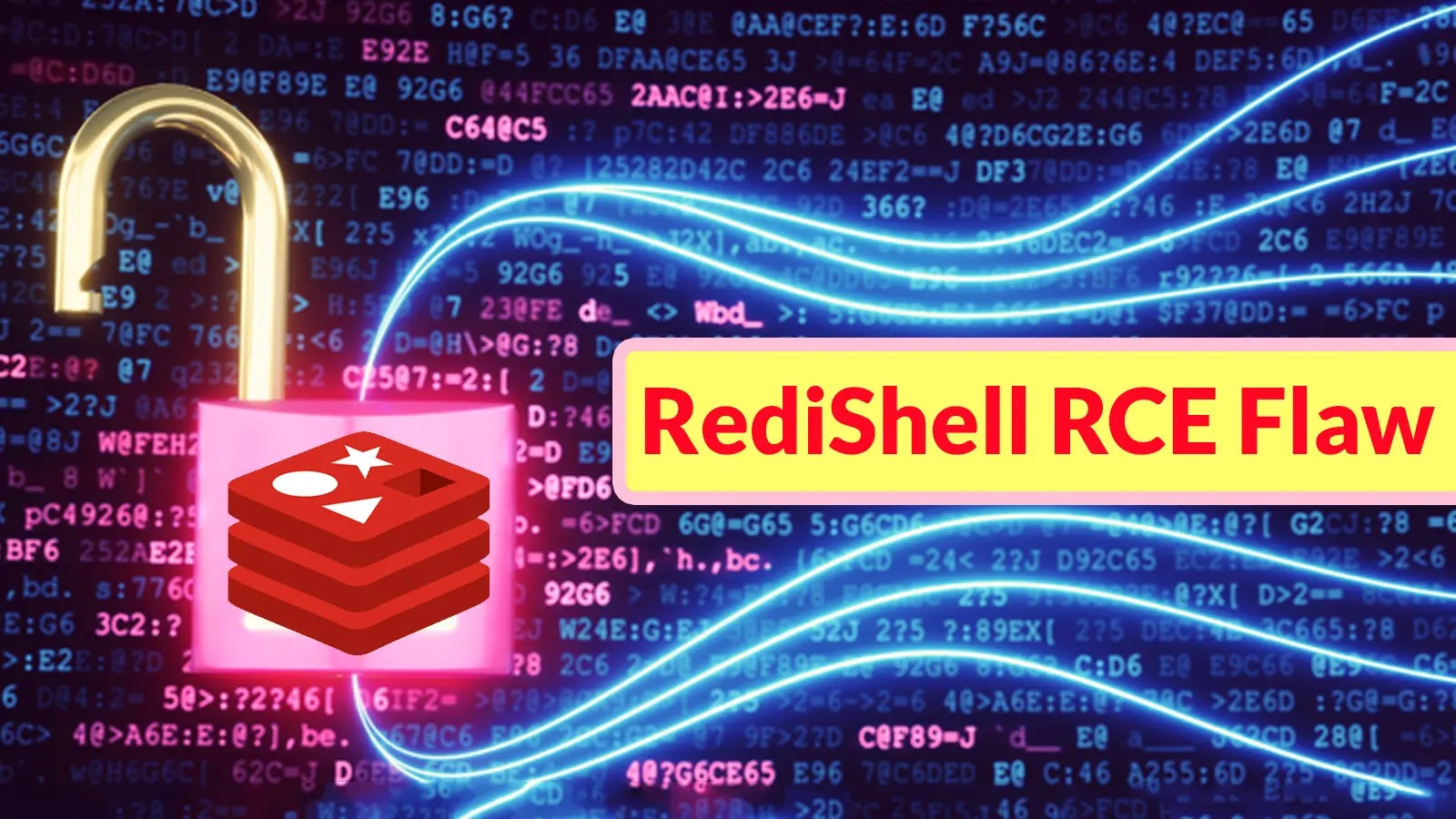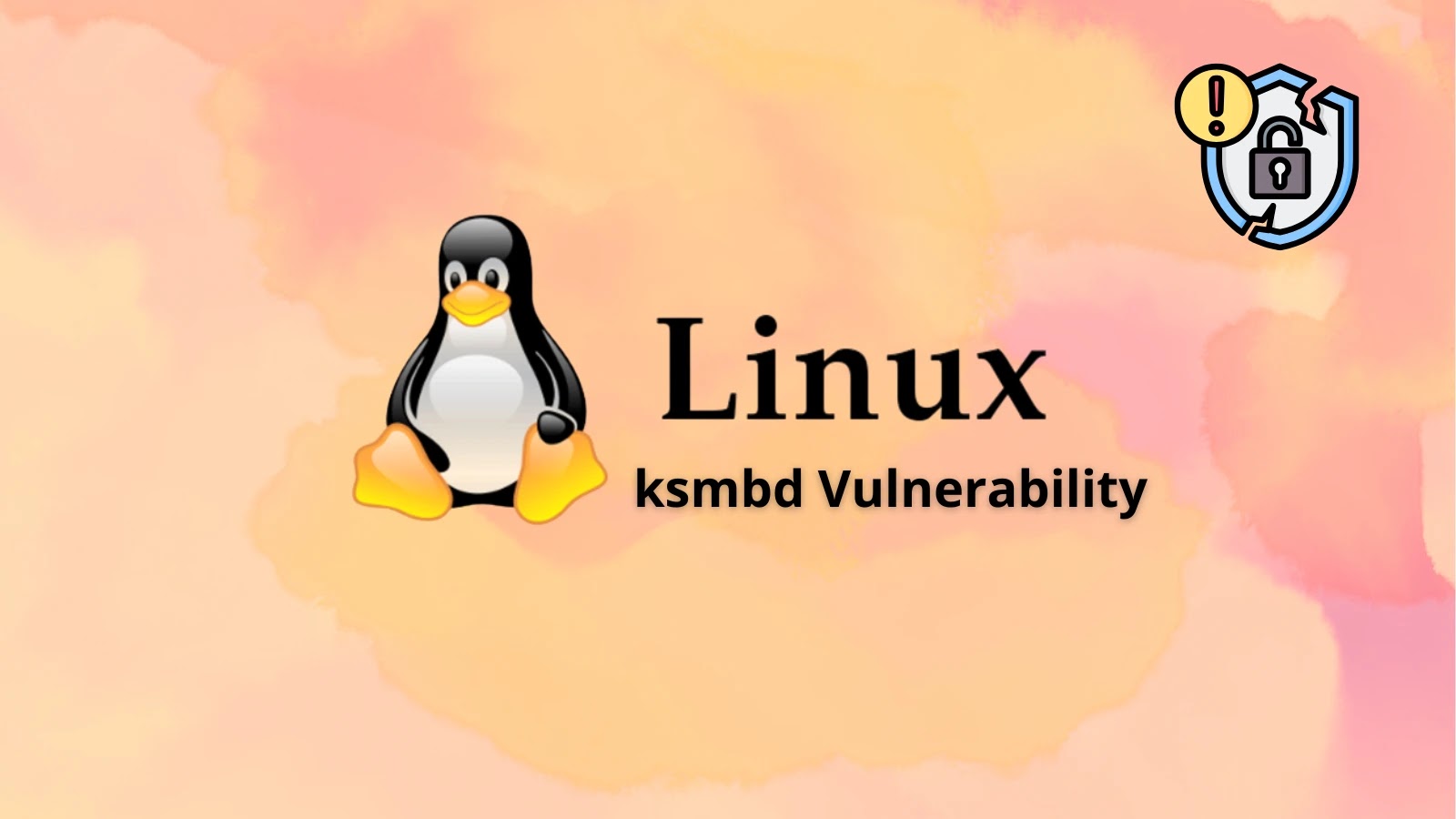Critical RediShell Vulnerability Exposes Thousands of Redis Servers to Remote Code Execution
In October 2025, a significant security flaw known as RediShell (CVE-2025-49844) was publicly disclosed, revealing a critical use-after-free vulnerability within Redis’s Lua scripting engine. This vulnerability allows attackers to bypass the Lua sandbox and execute arbitrary code on the host system, posing a severe risk to numerous Redis deployments worldwide.
Understanding the RediShell Vulnerability
The RediShell vulnerability originates from a memory management flaw in Redis’s Lua scripting component. By crafting malicious Lua scripts, authenticated attackers can manipulate the server’s garbage collector, triggering a use-after-free condition. This condition occurs when the application attempts to access memory after it has been freed, leading to potential memory corruption. Exploiting this flaw enables attackers to hijack the application’s execution flow, resulting in arbitrary code execution on the server. This level of access grants attackers control over the Redis instance and the underlying system, allowing them to steal sensitive information, modify or delete records, or cause denial-of-service conditions. Additionally, a compromised Redis server can serve as a foothold for attackers to move laterally across a network, escalating their privileges and targeting other internal systems.
Scope of the Threat
The impact of RediShell is extensive, affecting all Redis versions that support Lua scripting—a feature integral to the platform for many years. Security analysts have identified over 8,500 Redis instances worldwide that remain vulnerable to exploitation as of late October 2025. These instances are directly exposed to the public internet, creating a critical window of opportunity for threat actors employing automated scanning techniques. Notably, the United States harbors the largest number of vulnerable instances, with 1,887 cases, followed by France with 1,324 and Germany with 929 instances. Collectively, these three countries account for over 50% of the total worldwide exposure. This geographical clustering suggests either deliberate targeting of specific infrastructure hubs or widespread adoption of unpatched Redis instances across enterprise environments in these regions.
Exploitation Mechanics
The technical foundation of RediShell centers on manipulating Redis’s garbage collection behavior through specially crafted Lua scripts. An attacker sends a malicious script targeting the use-after-free condition, allowing the script to escape the confines of the Lua sandbox environment. Once outside the sandbox, the script achieves arbitrary native code execution with the privileges of the Redis process. The exploitation sequence typically begins with initial compromise through the malicious Lua delivery, followed by sandbox escape, installation of reverse shells or backdoors for persistent access, and subsequent credential theft to facilitate lateral movement across the broader infrastructure. The vulnerability transforms what appears to be a data caching service into a complete entry point for host compromise. Organizations operating affected Redis instances without proper authentication or network segmentation face immediate risk of full infrastructure takeover, data exfiltration, and deployment of secondary payloads, including cryptominers and ransomware.
Mitigation Strategies
To mitigate the risks associated with the RediShell vulnerability, organizations should take the following steps:
1. Immediate Patching: Upgrade Redis instances to the latest patched versions as recommended in official security advisories.
2. Restrict Lua Scripting: Disable Lua scripting by modifying Access Control Lists (ACLs) to block the `EVAL` and `EVALSHA` commands.
3. Implement Authentication: Enable strong authentication mechanisms using the `AUTH` command or ACL configurations to restrict unauthorized access.
4. Network Segmentation: Implement network-level access controls, such as firewalls and Virtual Private Clouds (VPCs), to restrict access to authorized networks only.
5. Monitor and Audit: Regularly monitor Redis logs and audit configurations to detect any unauthorized access or configuration changes.
By promptly applying these mitigation strategies, organizations can significantly reduce the risk posed by the RediShell vulnerability and protect their Redis deployments from potential exploitation.



